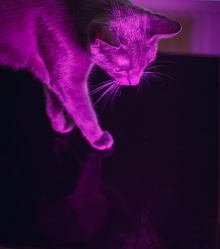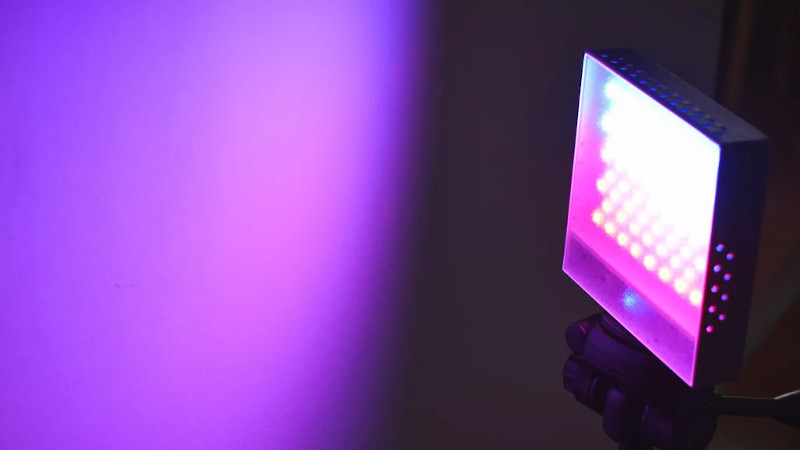In today’s fast-paced world of social media, if you want your photos to grab attention, you’ve got to have an edge. Whether it’s a deft touch in Photoshop or an amazing lens, it’s important to stand apart. Another great way is to experiment with lighting and color. To do just that, [Andrei] built a pocket RGB photo light for the home studio.

Thanks to the WS2812Bs LEDs, a full range of RGB colors are available for [Andrei] to experiment with. He’s done a great job showing off the light with a few choice cat pics that serve to show its capabilities. While we wouldn’t expect to use such a device for clean white lighting in a serious photographic sense, it’s a perfect tool for art photography.
We’ve covered other studio light builds before, too. Video after the break.
















Sure you can reproduce any color. But skin tones are going to look terrible and makeup might look like a clown applied it.
For photography you want a very high CRI light, or preferably a light that has a high TLCI rating.
I came here to say pretty much this. It will look like any color to the eye, but the CRI is going to be incredibly low. Anything photogrpahed with this will look horribly distorted.
If you actually want your pictures to look good stick with strobes and gels. If you use an off-brand speedlite for the strobe, it’ll be almost as portable as this, cheaper, and better in every way.
While device produces many color combinations, photographer has to keep shooting and choose best shots after end of that process. As usual. Sometimes it will help to win, sometimes will not.
No, the problem is these RGB LEDs each emit too exact wavelengths, and that responses against exact frequencies of R, G, B isn’t enough to reconstruct the whole spectrum from lower R to north of B in convincing way. The entire photo illuminated by this would look like CCTV footage in early morning with washed out colors, funky flares everywhere and all.
I wonder if it could be saved with addition of warm white LEDs or by using lots of differently colored LEDs?
More disco light than photo light, moreover using ugly colors is not to be creative
“Thanks to the WS2812Bs LEDs, a full range of RGB colors are available”
That´s really fill-up gibberish for the sake of having enough words for the article , and is at best misleading.
Those LEDs have a TERRIBLE COLOR SPACE.
There is no such thing like a RBG color.
Expurge the useless sentences from the article, such ” Not that there’s anything wrong with that, of course. ” and there is nothing left. There is no substance in the probject nor in the article.
An AI would have done a better job.
Yes yes, let’s dismiss the whole project just because he dared to suggest it may be used for photography. Did any of you sad guys ever think it might also be used just as an accent light coupled with ‘pro’ lights? Seriously guys.. It’s not called pro-hacks-every-day.com, it’s just people’s electronics projects. Not everything has to be NASA grade super-optimized 100% better than anything on the market, just look at your own projects…..
Well said, and thank you for saying it.
I was surprised to see so much vitriol for what I saw as a rather creative way of exploring light and photography.
I bet the guys above only listen to uncompressed WAV files on their $10k audio setup. Anything else is probably for “plebs”.
Save a busted LCD TV lit by LED’s. Remove the LCD panel and reassemble. Figure out how to keep the LED driver on after the timer shuts things off. It’s like a north facing window letting in daylight. I got a curbed 4K big screen going as a small wall of light. It was a rental, ouch I wonder who paid.
If you want to do the RGB thing get either LED or the older cold cathode lit TV’s, and place the lights behind the diffusing panels. Plasma’s no good and OLED may not be of use either.